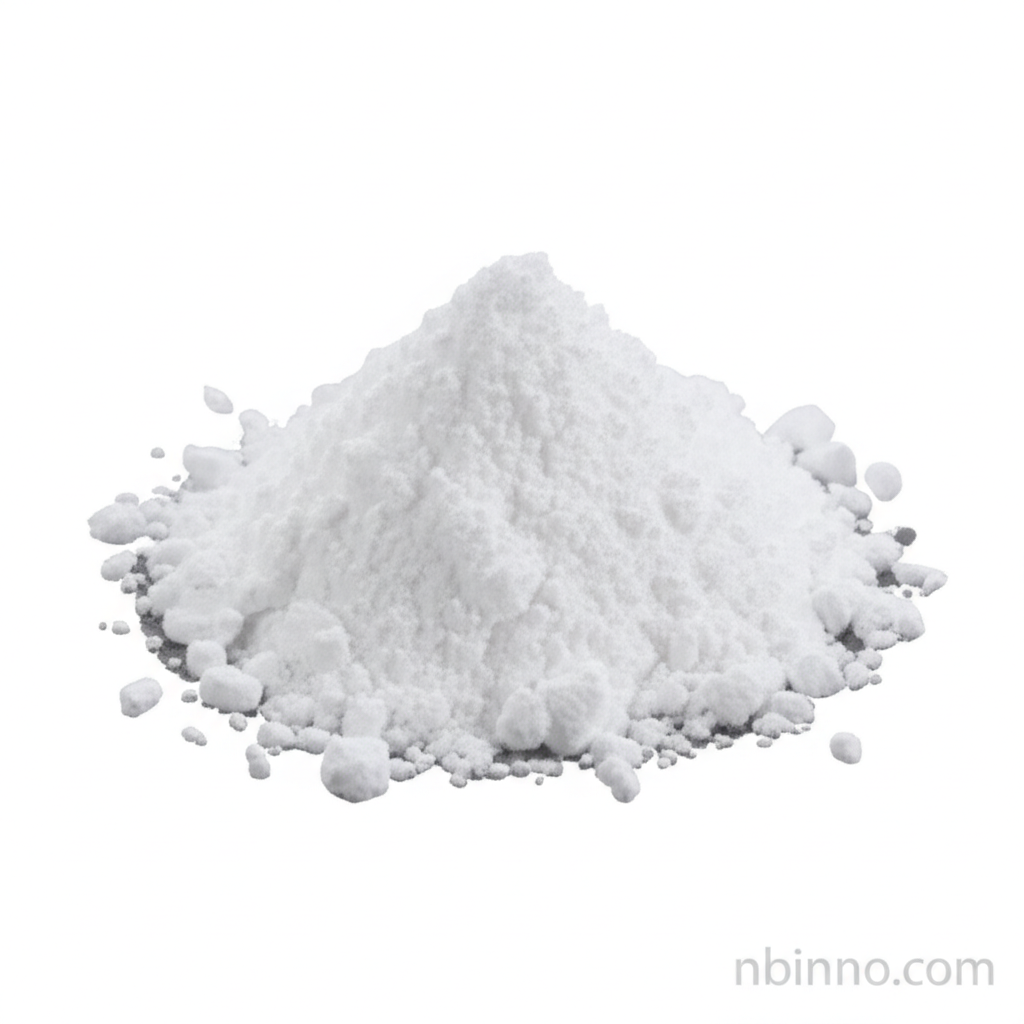Unlock Advanced Organic Synthesis with 2-Fluoro-1-methylpyridinium p-toluenesulfonate
A key reagent for peptide coupling and novel compound creation in chemical research.
Get a Quote & SampleProduct Core Value

2-Fluoro-1-methylpyridinium p-toluenesulfonate
This compound serves as a crucial tool in modern organic chemistry, enabling complex synthetic pathways. Its structure and reactivity make it invaluable for creating new molecular architectures.
- Explore the diverse 2-fluoro-1-methylpyridinium p-toluenesulfonate applications in creating carbon-carbon bonds, pushing the boundaries of synthetic chemistry.
- Discover how the CAS 58086-67-2 chemical reagent facilitates efficient peptide coupling reactions, vital for biochemical research.
- Understand its role as a specialized 2'-fluoro-RNA modification reagent, crucial for advancements in nucleic acid chemistry.
- Learn about its potential as a fluorinating reagent in various organic synthesis procedures.
Key Advantages
Synthetic Versatility
Leverage the power of this organic synthesis pyridine derivative for a wide array of chemical transformations, enhancing your research outcomes.
High Purity
Benefit from a reagent with purity levels often exceeding 98%, ensuring reliable and reproducible results in your sensitive reactions.
Enabling Complex Structures
Utilize this compound to build intricate molecular structures, supporting the development of new pharmaceuticals and materials.
Key Applications
Peptide Synthesis
As a leading peptide coupling reagent, it significantly aids in the efficient formation of peptide bonds, critical for drug discovery and research.
Nucleic Acid Chemistry
Its utility in the synthesis of 2'-fluoro-RNA modifications opens doors for novel oligonucleotide designs and therapeutic applications.
General Organic Synthesis
Employ this versatile chemical reagent for creating new carbon-carbon or carbon-heteroatom bonds in a wide range of synthetic methodologies.
Advanced Chemical Research
Researchers utilize this pyridine derivative to explore novel reaction pathways and develop innovative organic compounds.
